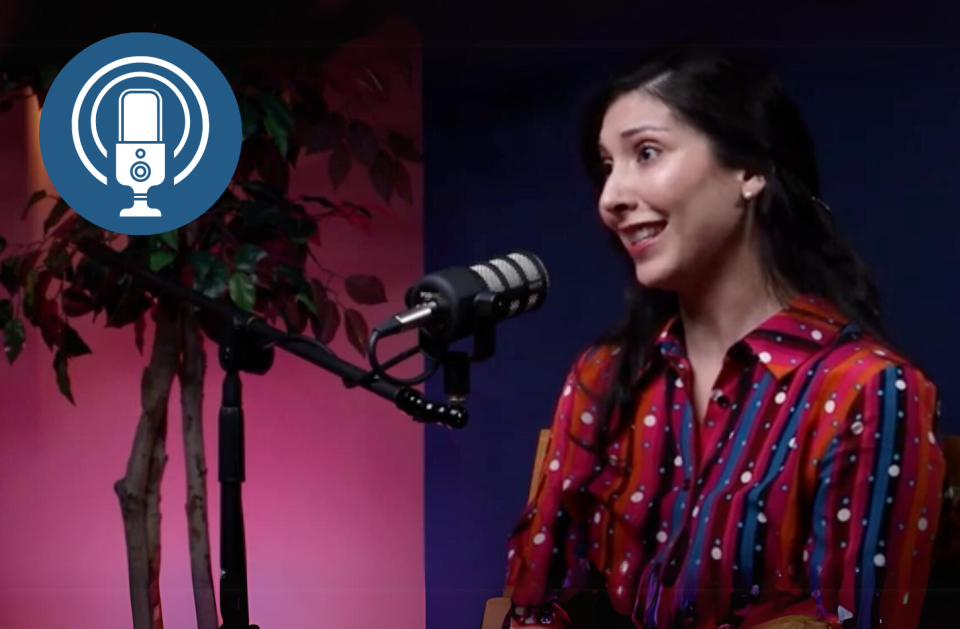In today's fast-paced world, managing stress and preventing burnout has become crucial. To shed light on this topic, the Utah Hispanic Chamber of Commerce recently hosted our own Dr. Cristina Chévere-Rivera on their podcast, "Hablemos". In her podcast appearance, Cristina delves into burnout, explaining its roots in chronic stress and its physical and emotional impacts.
What is burnout?
Dr. Chévere-Rivera defines burnout as a consequence of chronic stress that persists even with rest. It manifests in both physical and emotional symptoms, such as:
- Tense muscles
- Faster heart palpitations
- Irritability
- Depression
- Anxiety
Recognizing these signs early can help in taking timely action to prevent further deterioration.
What are the symptoms of burnout?
Burnout symptoms can be both physical and emotional. Physical signs include muscle tension and increased heart rate, while emotional signs encompass feelings of sadness, irritability, and a desire for isolation. Burnout can also make it difficult to connect with loved ones and can lead to feelings of detachment and decreased productivity.
How can you manage burnout?
Dr. Chévere-Rivera offers practical strategies for managing burnout.
Long-term strategies for managing burnout:
- Identifying and balancing demands and resources
- Delegating tasks
- Seeking professional help
Short-term strategies for managing burnout:
- Scheduling enjoyable activities
- Practicing mindfulness exercises
- Focusing on physical sensations to ground oneself in the present moment
The best approach to burnout
One of the key points Dr. Chévere-Rivera emphasizes is the importance of addressing burnout collectively. She highlights the power of community and social support in managing stress. Sharing experiences and seeking support from friends, family, and community groups can provide relief and reduce feelings of isolation.
Watch the full podcast episode
S2 Ep 22 Hablemos Podcast: ?¡Descubre cómo el estrés afecta a tu cuerpo y cómo evitar el burnout! ??
‘Burnout’ o el síndrome de quemazón/agotamiento:
El burnout se trata la consecuencia del estrés crónico acumulado que se vuelve persistente y no se alivia con descanso.
Señales:
- Irritabilidad
- Depresión
- Ansiedad
- Dificultad para conectar con seres queridos
- Disminución de productividad
- Tensión muscular
Causas del 'burnout’:
- Carga de trabajo persistente
- Falta de alivio del estrés crónico
El agotamiento puede afectar a cualquier ser humano, especialmente después de eventos globales como la pandemia de COVID-19.
Manejo del burnout:
- Equilibrar responsabilidades con pasatiempos
- Construir una red de apoyo
- Buscar ayuda profesional
- Atención Plena/Mindfulness: ejercicios de respiración y relajación muscular progresiva
- Intente este ejercicio: Apriete los puños mientras inhala, luego suéltelos mientras exhala. Repita durante 60 segundos.
- La Dra. Chévere-Rivera destaca la importancia de la comunidad y el apoyo social. Conectarse con amigos, familiares y grupos comunitarios puede aliviar sentimientos de aislamiento y proporcionar alivio emocional.
Watch the full podcast episode
Mira el episodio completo del podcast Escucha la aparición del Dr. Chévere-Rivera en el podcast en español.
S2 Ep 22 Hablemos Podcast: ?¡Descubre cómo el estrés afecta a tu cuerpo y cómo evitar el burnout! ??
Sources:
https://www.mayoclinic.org/es/healthy-lifestyle/adult-health/in-depth/burnout/art-20046642
https://puebla.anahuac.mx/licenciaturas/blog/estres-burnout-consejos-equilibrio-emocional
https://www.psychologytoday.com/intl/blog/the-race-good-health/201604/stress-and-latino-mental-health
https://www.mayoclinic.org/healthy-lifestyle/adult-health/in-depth/burnout/art-20046642
https://www.psychologytoday.com/us/basics/burnout




